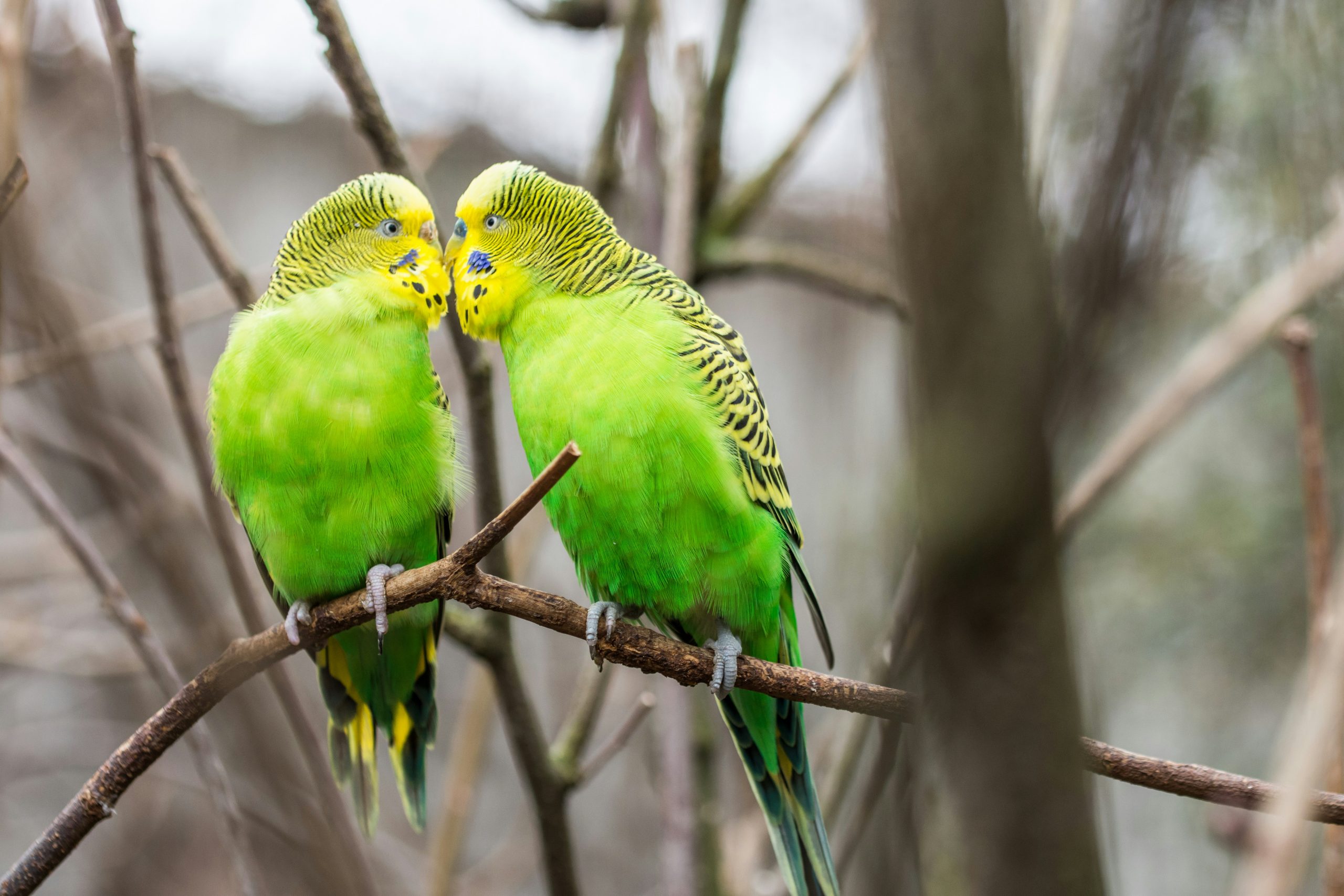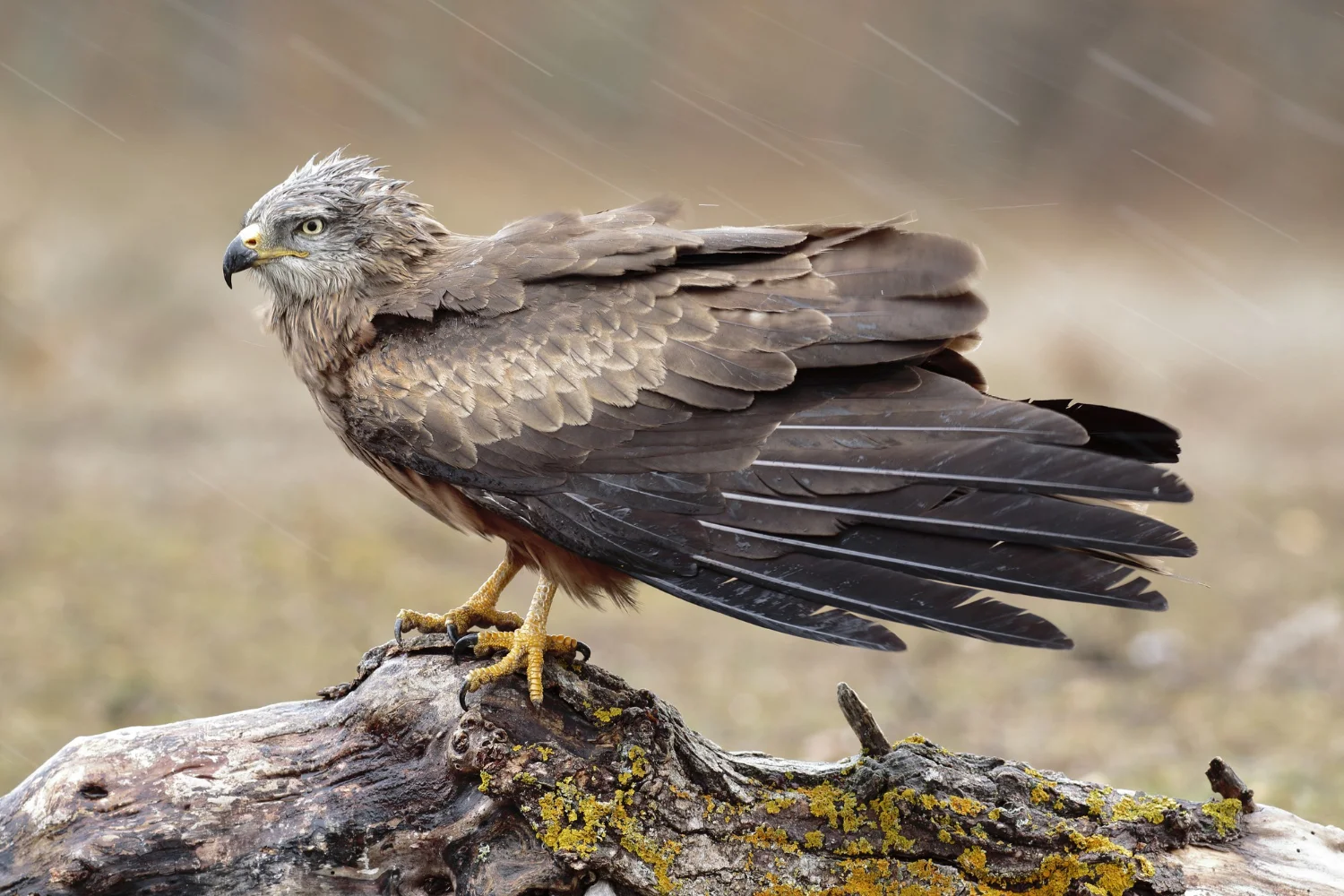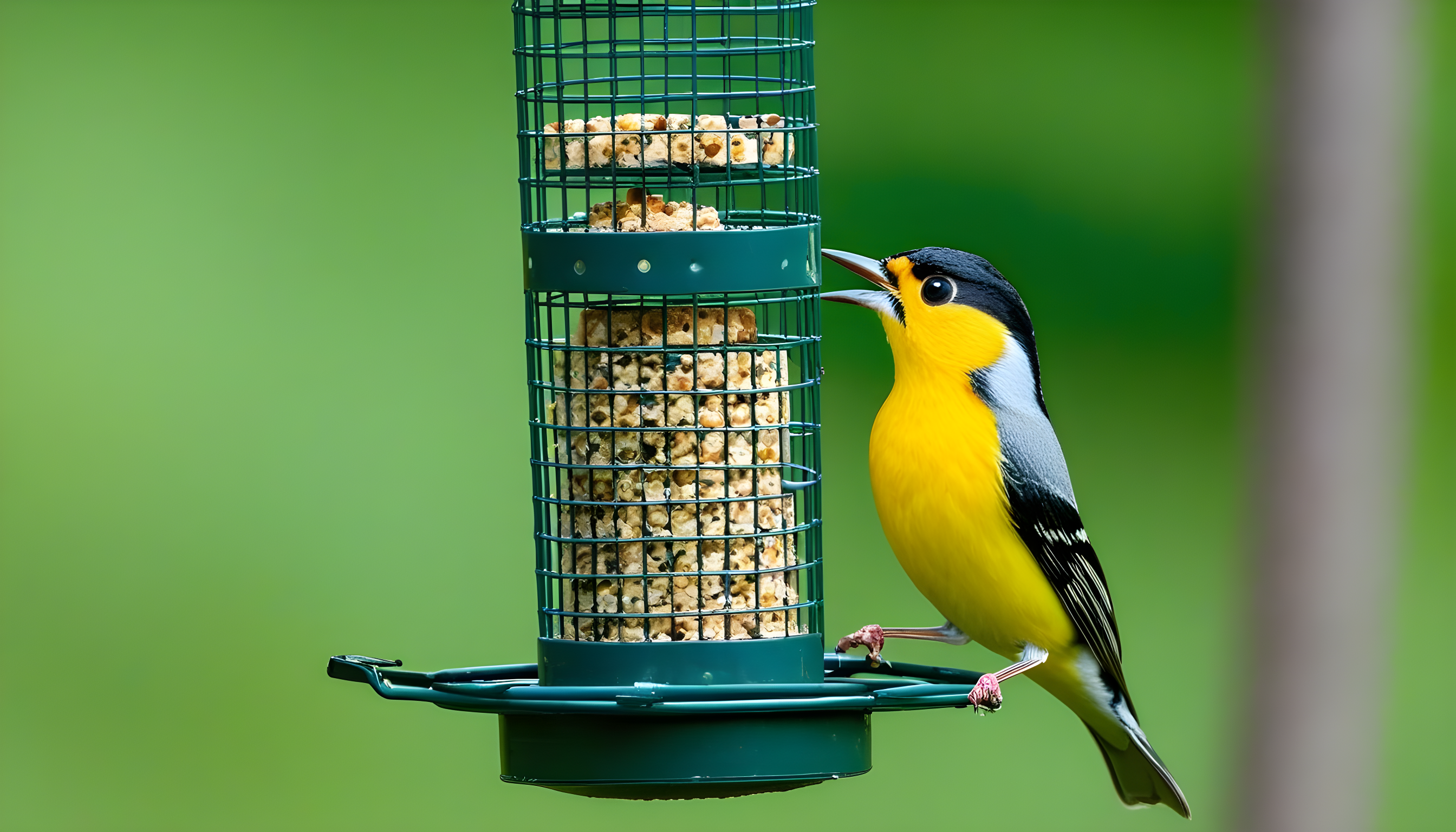Birds can appear to be dead when they are actually just stunned from an impact or other trauma. It’s important to be able to tell the difference so you can get a stunned bird the help it needs. Here’s how to determine if a bird is dead or just stunned.
Check for Breathing
The first thing you’ll want to check for is breathing. Look closely at the bird’s chest and see if you notice any rise and fall that would indicate breathing. Be aware though, that an injured bird may take slow, shallow, irregular breaths that are difficult to detect.
So you may need to watch closely for a minute or two. Also watch for any tail or feather movement that happens in time with breathing. If you aren’t sure if breathing is present, move on to check for other signs of life.
Check for a Heartbeat
Gently pick up the bird and place a finger lightly over its chest, feeling for a heartbeat. Concentrate closely, as an injured bird’s heartbeat may be very faint and slow.
Count for 15 seconds – a healthy bird’s heart rate is around 200-400 beats per minute at rest, so you should feel 3-7 beats in that time frame. If you feel more than 8 beats though, it likely means the bird is panicked or stressed.
Check for Reflexes
There are a couple reflexes you can test for as well:
- Pupil reflex: Gently open the bird’s eyelid and see if the pupil constricts when exposed to light.
- Claw reflex: Pinch the tip of the bird’s foot or wing to see if the claw opens or closes.
If these reflexes are absent, it’s a bad sign. But just one absent reflex doesn’t necessarily mean the bird is dead. So make sure to check other signs too.
Watch for Other Signs of Life
Also watch closely for these signs that indicate life:
- Subtle head or eye movement
- Attempts to right itself when placed on its feet or breast
- Closing eyes or turning head when touched
- Making noise or hissing
- Bearing weight on legs (may only last briefly if injured).
The presence of any of these are good indicators that the bird still has some life left, though it made need rehabilitation.
Consider Limb Breaks
When checking for signs of life in an injured bird, keep in mind that bones are very fragile. An injured wing or leg may flop around frighteningly, but this alone doesn’t mean the spine is broken or the bird is dead. So be sure to check all other signs before assuming the worst.
When in Doubt, Act Quickly
If a bird seems dead but you have even the slightest uncertainty, contain the bird and get it to a wildlife rehabilitation center immediately just in case treatment could still help. Put it in a box lined with a soft cloth and store in a warm, dark, quiet space during transport.
Time is critical for the bird’s survival chances, so don’t wait too long out of doubt. Let the experts fully evaluate the situation.
What To Do if the Bird is Dead
If all signs clearly show the bird is dead then call your local animal control department. Provide detailed information about the location where you found the bird. Officials often want to be notified so they can identify patterns and monitor public health.
You may wish to bury the bird yourself if animal control permits. But be absolutely certain it is dead first. Only handle deceased birds while wearing gloves to prevent possible disease exposure.
And do not eat any bird you find dead, as it could have died from toxicity or disease.
Determining Cause of Death
If a dead bird is found showing no clear physical trauma, more investigation may be needed to determine the cause of death. Here are some possibilities to consider:
Poisoning
Both intentional and accidental wildlife poisoning is tragically common. Birds found dead near pesticide application sites may have succumbed to exposure.
Birds also unintentionally eat poison directly or consume tainted prey or water. Common avian poisoning sources include:
- Pesticides/insecticides
- Rodenticides
- Herbicides/fungicides
- Lead bullets or fishing tackle
- Antifreeze and oil
- Medications
Diagnostic tests can identify toxins, but are rarely performed for wild birds. So poisoning frequently goes unconfirmed.
Window Strikes
Up to a billion birds or more die annually from striking windows. Most window collision deaths result from broken necks, fractured skulls, brain hemorrhaging or other internal injuries.
If a bird hits a window so hard it gets knocked out or paralyzed, it will then die from its injuries if not rescued promptly. Birds often leave feather or blood evidence on windows. So if found by a window, collision may be the cause.
Exhaustion
Excessive stress or exhaustion can be fatal for birds. Chasing threats, storms, lack of food/water, illness and migration fatigue can debilitate birds.
Young fledglings learning to fly are especially vulnerable. They frequently end up grounded, helpless and hidden in urban areas, dying from starvation, dehydration or predation if not located in time.
Predation
Pathogens or injury from predator attacks are common bird death causes. Cats alone kill billions yearly. Dogs, hawks, raccoons, snakes and many other species also prey on birds extensively.
Dead birds found with wounds, talon marks or other bodily injury likely died from predation if the trauma seems sufficient to have caused death.
Territorial Fighting
Territorial disputes are fierce business among male birds. They frequently fight viciously over nesting areas and mates during breeding season.
Mortal wounds from rival bird attacks are not uncommon. Possible indicators of deadly territorial fighting include bleeding, missing feathers, multiple broken bones and tissue trauma.
Caring for a Stunned Bird
If a bird you find still shows any slight signs of life, here is how to assist it:
1. Contain It
First, carefully contain the bird without causing further stress or trauma. Gently drape light fabric over the bird and scoop it up to put in a ventilated box, paper bag or animal carrier. Then move it to a secure, quiet space free of pets, people and hazards.
2. Keep it Warm but not Too Hot
Maintain air temperature between 85-90 degrees if possible. Put a heating pad under half the carrier, wrapped in a towel so bird can move off it if needed. Monitor temperature to prevent overheating.
3. Avoid Food and Water
Don’t offer food or water yet, as this risks aspiration pneumonia. Dehydration for a short period is safer. Let trained rehab staff provide needed fluids once stabilized.
4. Limit Stimulus
Minimize noise, motions and handling that could further stress the bird before transporting it to a wildlife center promptly. Keep kids, pets, TVs or loud devices away.
5. Get Expert Care ASAP
Contact wildlife rehabilitators immediately to arrange emergency evaluation and treatment. Timeliness is critical, so don’t delay! Trained experts will examine for injuries, provide supportive care, determine prognosis and oversee rehabilitation for release whenever possible.
Table: Key Differences between Dead and Stunned Birds
| Dead Bird | Stunned Bird |
|---|---|
| No detectable breathing | Slow, irregular breathing may be present |
| No heartbeat | Faint, slow heartbeat may be detectable |
| Pupils don’t respond to light | Pupils may contract with light |
| No reflex reactions to touches | May react subtly to pinches/touches |
| No vocalizations or movements | Could make slight noises or movements |
| No bearing of weight on legs | May attempt to stand briefly |
| No response to handling | May close eyes or turn head if touched |
Conclusion
Determining if an injured bird is dead or stunned requires careful examination, as severe trauma can mimic loss of life. Always give the bird the benefit of doubt unless completely certain it has died. Rush birds with any slight signs of life to wildlife rehabilitators immediately for evaluation and supportive care. Prompt, proper emergency response is vital to the survival and recovery of stunned birds.
FAQ
Q: How long can a stunned bird survive?
A: Depending on the injuries, a stunned bird may survive 48 hours or more with supportive care. But survival rates decline rapidly the longer stabilization is delayed. Immediate rehab is vital.
Q: Can stunned birds recover completely?
A: Many stunned birds do recover with prompt rehab, depending on their exact injuries. Skilled veterinary care gives them the best second chance possible.
Q: Are window-stunned birds savable?
A: Yes, birds stunned by window strikes can definitely recover if given prompt emergency care. Internal injuries may heal with time. So always rush window collision victims to rehab ASAP.
Q: What’s the best way to transport an injured bird?
A: Use a cardboard box, paper bag or ventilated animal carrier lined with a soft cloth. Keep the bird in a quiet, dark, climate-controlled space during transport to reduce stress.
Q: Can I give an injured bird food and water?
A: No, stunned birds should not be given any food or water because it risks aspiration pneumonia. Wildlife rehabilitators will provide needed hydration and nutrition once stabilized.



